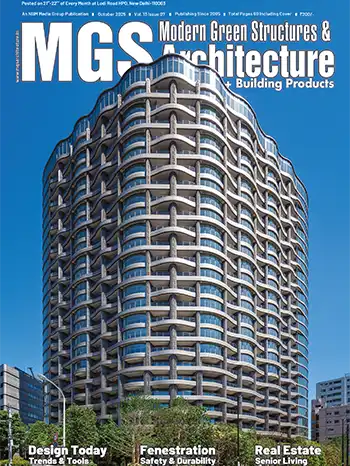Arturo Tedeschi - Architect, Computational Designer, Milan, Italy

Design Approach: A Blend of Technical Precision and Artistic Creativity
Computational design can enhance creativity by enabling architects to generate complex geometries and patterns that would be challenging to achieve with conventional methods. Algorithms allow for the exploration of numerous design iterations, fostering a high degree of innovation. Computational design also helps optimize energy efficiency, material use, and overall environmental impact, aligning with modern demands for sustainable architecture A core aspect of my work is parametric thinking, which involves setting and adjusting design parameters to meet specific outcomes. This method allows for the creation of adaptive designs that can evolve based on various constraints and conditions.Software like Grasshopper and Rhino play a crucial role in simulating and optimizing designs, leading to more efficient and innovative architectural solutions.
The synergy between computational design and digital fabrication techniques, such as 3D printing and CNC milling, has expanded the possibilities for architectural experimentation, offering new opportunities for optimizing performance and exploring novel design solutions.
Notable Projects
The Parametric Pavilion is a notable example of computational design. This temporary installation features an undulating façade created using parametric design principles. The project highlights how digital tools can produce complex geometric forms that are both aesthetically pleasing and functionally efficient.The Responsive Skins project focuses on adaptive architectural surfaces that respond to environmental factors like sunlight and wind. The design utilizes real-time data to adjust the façade panels, enhancing the building’s energy efficiency and creating an interactive architectural experience.
The Algorithmic Facade showcases intricate geometric patterns generated through algorithmic design. This project combines aesthetic complexity with advanced fabrication techniques, resulting in a visually captivating and technically sophisticated façade.
The Kinetic Pavilion explores the concept of movement in architecture with movable panels that adapt to user interaction and environmental conditions. The use of computational algorithms allows for a fluid and responsive design, offering a dynamic architectural experience.















